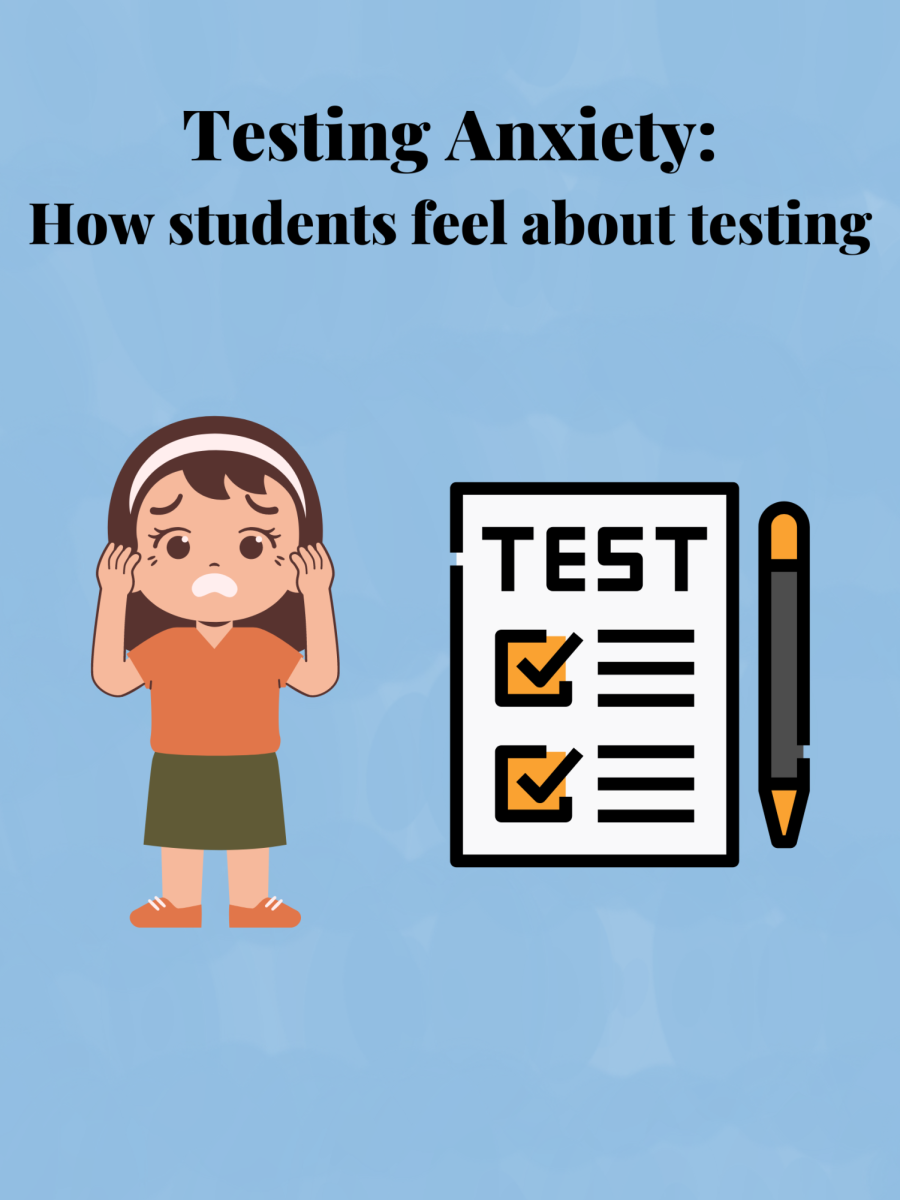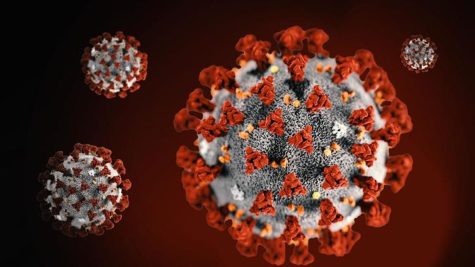The History of Vaccines
Modern-day Americans are a part of the healthiest population since the beginning of the human race. That’s because of the immunity we’ve built against harmful diseases thanks to vaccines. For a thousand years, we’ve been immunizing and protecting ourselves from diseases that aren’t around anymore. The reason for their extinctions: vaccines.

The great idea of immunizing began around 1000 in China. They had discovered that inhaling ground powder of smallpox scabs, they could inoculate, or gain immunity, to the disease. Clearly though, inoculation wasn’t enough to stop the many smallpox epidemics, including India in 1545, North America in 1625, — which was due to the Europeans colonizing the Native Americans — Boston in 1721, and London in 1751.
The first real vaccine was created by Edward Jenner for smallpox in 1796. Jenner was a country doctor who used cowpox, which was a disease found in cows as sores and could be passed to humans. Jenner took pus from the sores and injected them into a boy. About a month later, Jenner infected the boy with smallpox. He showed no symptoms and therefore was proclaimed, immune.
Jenner came up with this idea by observing the milkmaids and farmers who were infected with cowpox and never contracting smallpox, even when they seemed exposed. The science behind this is that smallpox and cowpox are from the same family of viruses, Orthopox. After completing many more tests on the vaccine, he published a paper, Inquiry into the Causes and Effects of the Variolae Vaccine, which was the name of the vaccine.
After this discovery, there weren’t any other vaccines created until 1884, when Louis Pasteur found a working vaccine against rabies for dogs. This vaccine is more like our typical modern-day vaccines because this vaccine wasn’t an actual disease like rabies, but instead a weakened version of the virus. A year later, the vaccine worked for a young boy attacked by a rabid dog. The rabies vaccine had been tried on humans before this, but they never ended up succeeding. What made the vaccine work was one daily injection for 13 days, each injection more and more stronger. The result: no contraction of rabies.
During the 20th century, scientists and doctors made huge strides in vaccinology, creating many of the vaccines used today, including yellow fever, polio, rubella, measles, mumps, swine flu, hepatitis B, hepatitis A, and chickenpox.
Vaccines have always been controversial, but in recent years the anti-vaccine movement has become stronger and with a louder voice. As early as 1882, people were questioning the motives for the injections. At that time, they claimed that smallpox wasn’t contagious, but was spread through filth. Flash forward to 1998, when the modern day revolution against vaccines began. Doctor Andrew Wakefield published a piece in a medical paper written for the United Kingdom. He stated that after studying 12 children, 9 of them were immunized and autistic. Wakefield made claims that certain vaccines can cause autism in children. No one knows what causes autism, and this statement, to many, made sense. The article went viral. Claiming something like autism definitely sent parents into a frenzy, since autism is a mystery, making parents vastly scared of it. Immediately parents reacted and began to resist vaccines. Even after Wakefield’s article was proven false and he was stripped of his license, he still has a following and stands behind his statement that autism is caused by vaccines.
We’re still discovering and creating new vaccines, but research has shown that vaccines are far from a cause of autism. Everyday, doctors and scientists are discovering new ways to keep the future generation healthier and safer so they may live much longer and happier lives.






























